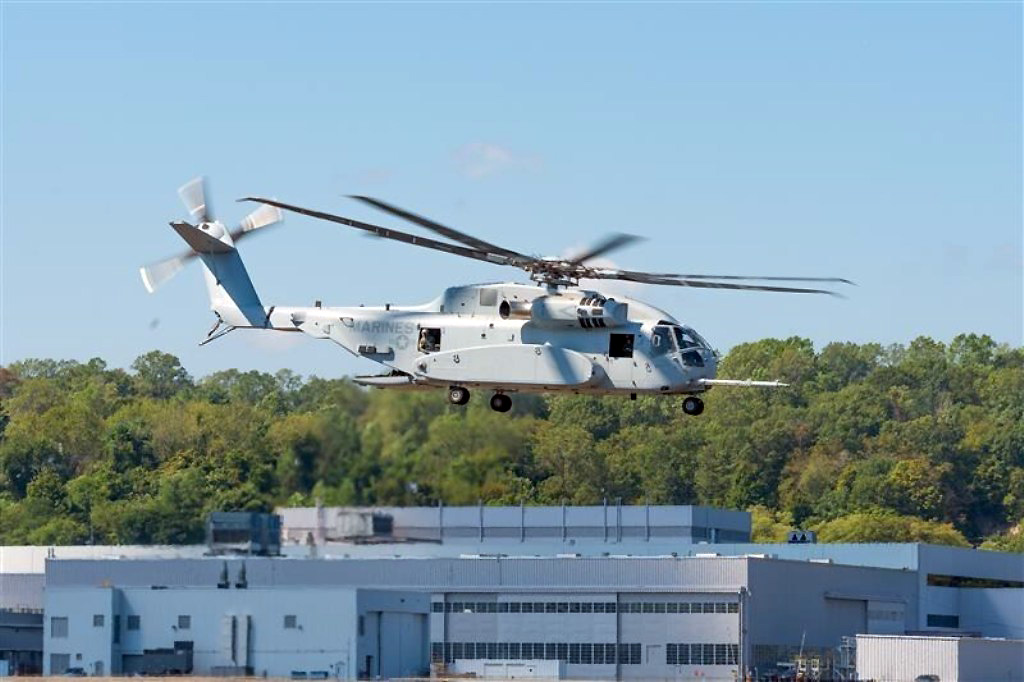Beehive Industries Achieves Milestone in Turbojet Engine Development
Successful Test of Frenzy Engines
On September 22, during the Air & Space Forces Association’s 2025 Air, Space & Cyber Conference in National Harbor, Maryland, Beehive Industries successfully tested four of its Frenzy turbojet engines, each generating 200 lbs of thrust. This demonstration marks a significant step forward in the engine’s development cycle.
Contract and Collaborative Efforts
The advancements are part of a $12.46 million contract awarded by the U.S. Air Force in October 2024. Working closely with the University of Dayton Research Institute (UDRI), Beehive has expedited the evolution of its additively manufactured Frenzy engine.
Rapid Development Timeline
The Frenzy engine was officially unveiled in December 2024. Remarkably, within just five months, it transitioned from finalizing its production process to achieving first engine to test (FETT). Since that transition, the company has successfully conducted tests on four distinct Frenzy engines over the course of six months. This rapid development showcases Beehive’s capacity to significantly shorten traditional design timelines that often extendover several years.
Technical Specifications and Testing Regime
The Frenzy engine family is designed with diameters ranging from 5 to 8 inches, delivering thrust in the range of 100 to 300 lbs. Beehive’s comprehensive testing program for these engines included:
- Performance and Operability Validation: Ensuring that each engine performs reliably under various operational conditions.
- Durability Testing: Assessing long-term operational capabilities.
- Environmental Stress Testing: Evaluating resilience under extreme conditions.
Beehive’s statements detail that each engine surpassed designated performance benchmarks, achieving:
- Power Output: Exceeding targeted power levels.
- Specific Fuel Consumption (SFC): Achieving better-than-expected fuel efficiency.
- Operational Durability: Exceeding a full mission duration, with the engines collectively accumulating over 20 hours of runtime.
Conclusion
Beehive Industries’ achievements in turbojet engine development represent a notable advancement in aerospace technology. The collaborative efforts with the University of Dayton Research Institute, coupled with innovative production techniques, highlight a transformative approach to military aviation propulsion systems. The implications of these developments may extend beyond immediate military applications, potentially influencing future aerospace endeavors.





